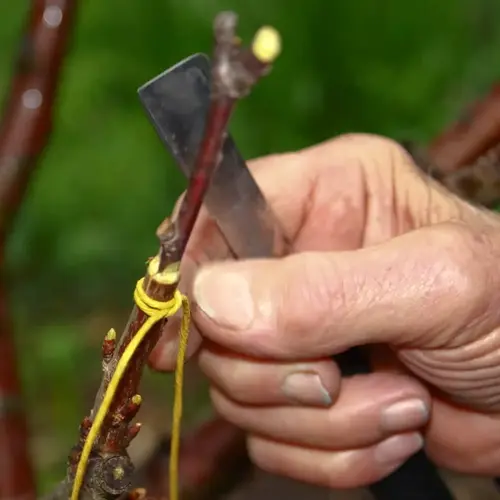How effective are plant disease identification apps?

Written by
Nguyen Minh
Reviewed by
Prof. Charles Hartman, Ph.D.You wonder whether plant disease apps really work. I tried using six of them last season when my peppers developed some unusual lesions. Their suitability varies greatly according to image quality, disease stage, and the size of the database. They are useful for certain common diseases, but more complex ones still require expert evaluation.
Image Capture Conditions
- Clear well-lit photos showing affected areas from multiple angles
- Macro shots capturing texture details like fuzz or oozing
- Background removal isolating symptoms from soil or debris
Symptom Development Stage
- Early-stage identification before widespread damage occurs
- Distinctive patterns in advanced cases for easier matching
- Progression tracking through sequential uploads over days
Database Limitations
- Regional coverage gaps for location-specific diseases
- Rare pathogen identification needing specialized knowledge
- Hybrid plant varieties not included in training data
Enhance app efficacy through proper order. Send 3 photos: full plant, close up of affected symptoms, and a cross section of the affected area. My zucchini results improved when I included a healthy leaf for comparison. Submit photos in the morning hours when plants have had water and symptoms are visible.
Realize there are limitations on the part of these apps. While these reliably identify not only common rust but mildew, complicated cases like my cankers on apple trees necessitate laboratory testing. In the matter of suggesting treatments, the app will prove very helpful; it cannot replace the analysis of the soil matter for underlying troubles. These apps are of primary value and should be accepted as first aid tools, but not absolute authorities.
Integrating app insights with conventional knowledge - I cross-reference app results with gardening guides and consult local extension services for further guidance. I develop action plans only after I have cross-referenced app results with a physical symptom checklist for thorough plant health management.
Read the full article: Comprehensive Guide to Identify Plant Diseases

